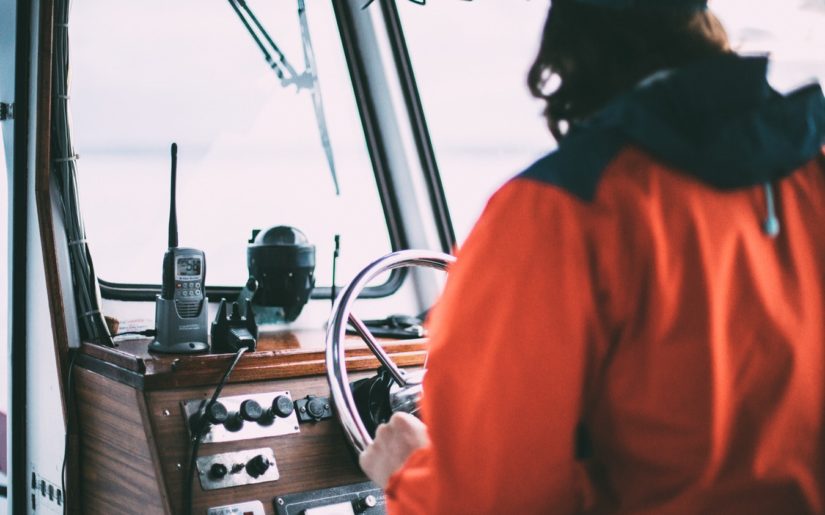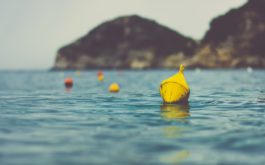Navigation Light Equipment
There are many boating scenarios involving both lighting and fog that prove the importance of navigation lights. This is why you’re required to display the proper navigation light equipment when your boat is underway or when it’s at anchor. Using your navigation lights correctly will help keep the waterways a safe and relaxing place to spend your time.
Masthead Light
Color: White.
Arc: Shows a solid light over a sweep of 225° from the front of the boat to 22.5° on either side of the bow.
Position: Centered in the boat, facing forward. On common powerboats, this light is often on a short pole on top of the cabin, windshield or at the stern.
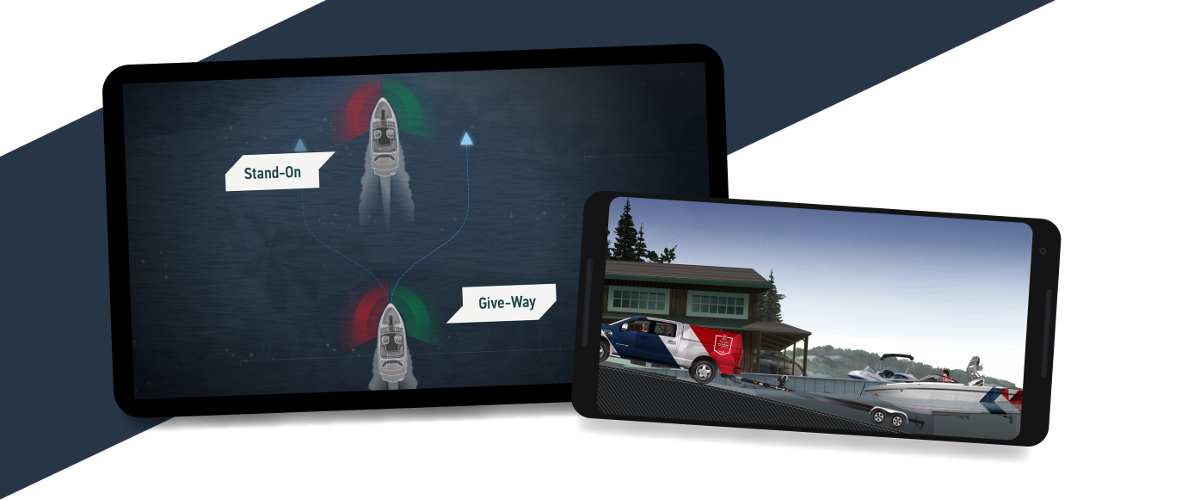
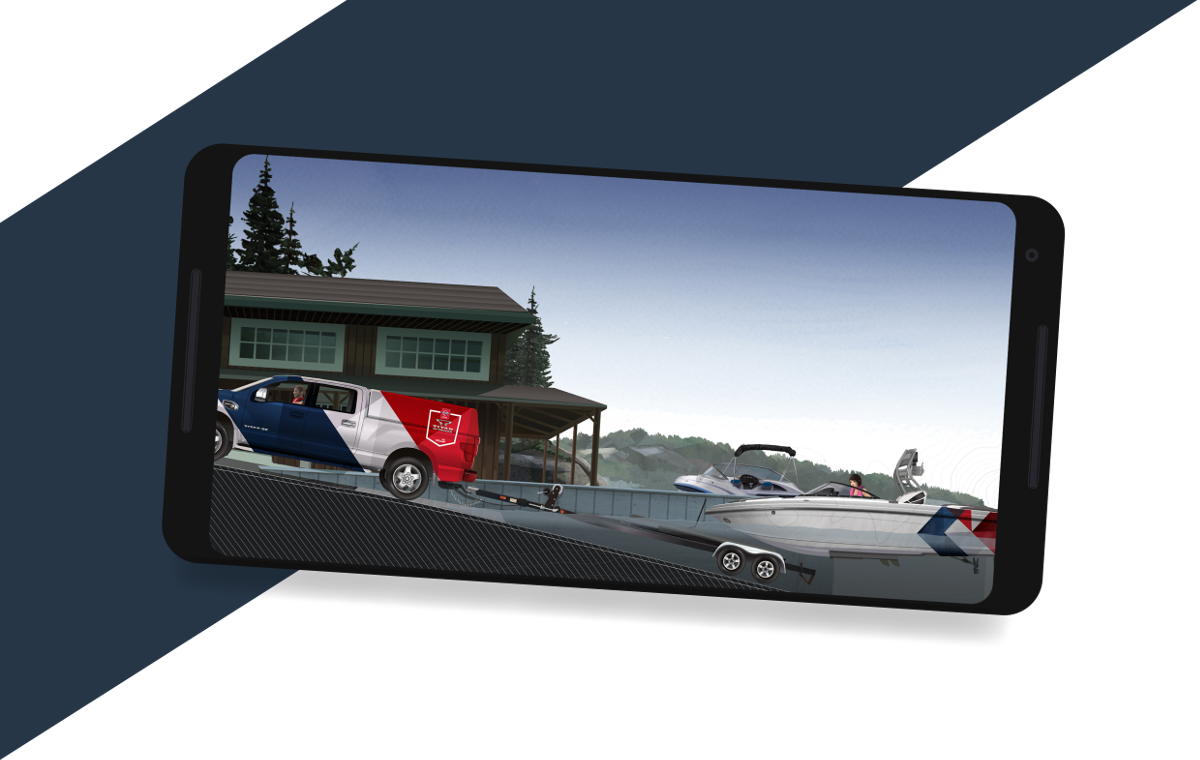
Get your Official North American
Boating License
The Official NASBLA and Transport Canada Boating Course, Test & License.
Get your Official North American
Boating License
The Official NASBLA and Transport Canada Boating
Course, Test & License.
Port Sidelight
Color: Red.
Arc: Showing an unbroken light over an arc of 112.5° that is visible to other boats approaching from the port (left) side or from head-on.
Position: Forward, left area of the boat.

Starboard Sidelight
Color: Green.
Arc: Showing an unbroken light over an arc of 112.5° that is visible to other boats approaching from the starboard (right) side or from head-on.
Position: Forward, right area of the boat.
Sternlight
Color: White.
Arc: Shows an unbroken light over an arc of 135°.
Position: Placed at the stern (back) of the boat.
All-Around Light
Color: White.
Arc: Shows a solid light over 360° (all around the boat)
Position: Clearly visible from all directions
Note: The all-around light functions as a combined masthead and sternlight–this light must be visible in all directions and must be at least 1 m higher than the sidelights.
Tricolour Light
Color: Green, red and white.
Arc: Combined, the light is a 360° view. The white section is at the stern (135°), the red section is portside and extends to the bow (112.5°) and the green section is on the starboard side extending to the bow (112.5°)
Position: It is placed where it can be seen from all directions
Note: This light combines the stern and sidelights and is applicable only to wind-powered sailboats. The tricolor light can be used in place of the side lights/sternlight combination but must not be used when the sidelights are on. Either option is acceptable when used on its own.
Towing Light
A towing boat that is 30 feet in length or longer must display two white masthead lights on top of each other at night to indicate that it’s towing another boat. Use this rhyme to remember: White over white, towing at night!
Law Enforcement Light
If you should see a flashing blue light on the water, this is a law enforcement boat and you should be careful to stay out of its way. Use this rhyme to remember: Flashing blue could rescue you!
Navigation Lights for Different Boats
You are required to display your navigation lights whenever you’re operating your boat between sunset and sunrise and during periods of reduced visibility. Boat accident statistics indicate that nighttime collisions account for a significant portion of the total fatal and non-fatal collisions that happen every year. For the most recent lighting requirements available for recreational boaters, visit the Coast Guard’s website.

Safe Boating Tip:
Make sure your flashlight is watertight and always check the condition of the batteries before you leave the dock.
Radar Reflector
A radar reflector is a metallic device that is used to identify the position of your boat to other vessels equipped with radar. Radar reflectors are required for boats under 20 m and boats that are built of mostly non-metallic materials. The radar reflector should be suspended above all equipment and as high as possible.
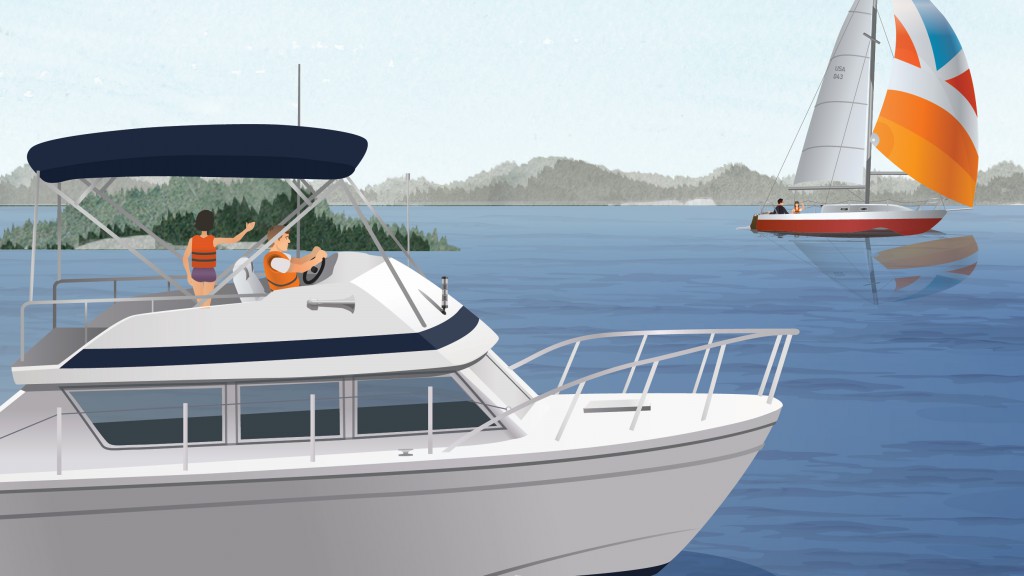
A radar reflector is not required if:
- It is impractical to mount on your boat
- Traffic conditions are limited and no other vessels use radar
- You are operating during daylight hours in good weather conditions
- The use of radar reflector is not essential for safe operation of your craft
Sound-Signalling Devices and Appliances
The Small Vessel Regulations require that all boats carry some form of sound-signalling device, such as a whistle or horn. The requirement depends on your type and size of boat. Approved sound-signalling devices and appliances must be audible for a minimum of one kilometer or half a mile.
Sound-signalling devices are used to signal distress or your need of assistance, to alert other boats of your position in poor visibility and for navigation purposes.
Types of Sound-Signalling Devices Include:
- Mechanical (floatless) whistle
- Horn
- Portable compressed air horns
- Bell–required if your boat is greater than 20 m
Safe Boating Tip
Attach a Marine Blast Whistle to your life jacket or PFD so that you’ll be able to signal for help if you become stranded in the water.
